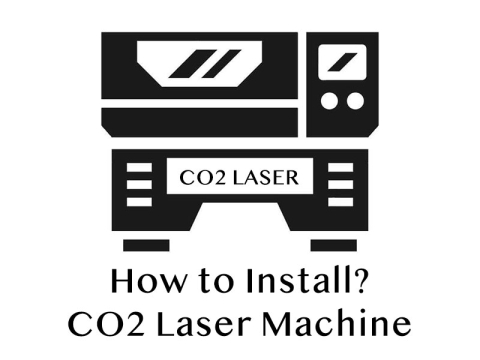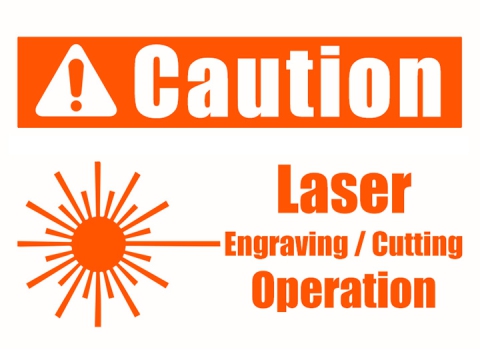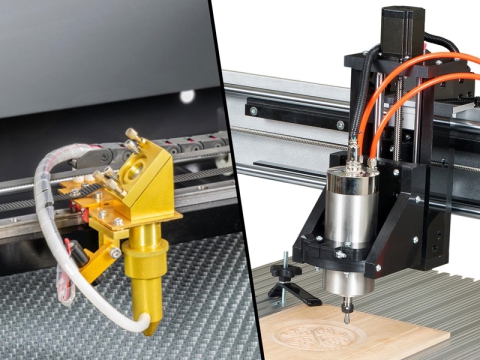
The laser engraving machine, the laser etching machine, and the laser marking machine are all types of equipment that utilize laser technology for various applications on a variety of materials. While they share some similarities, each type of machine serves different purposes and has specific features tailored to its intended use.
These machines provide a permanent message on an in-process or finished component. It can engrave, etch or mark text, serial numbers, part numbers, company logos, bar codes, QR Codes, ID matrix codes or 2D codes on all plain, painted, anodized, or plated metal surfaces, whether they are flat sheets, curved surfaces, or cylinders.
With the development of the CNC laser technology, the processes of Laser engraving, laser etching and laser marking are increasing in popularity. All the three laser services provide a permanent marking solution, fulfilling regulations and adding distinction to your products and parts.
How to differentiate between the Laser engraving machine, laser etching machine and laser marking machine?
Although these terms are often used interchangeably, there are differences in this three types of machines. Each type of laser machine has its own applications and attributes that make it ideal for different jobs.
Laser Engraving Machine
Laser engraving machines are primarily used to create designs, patterns, or text on a wide range of materials, which includes wood, metal, glass, acrylic, and plastics. This machine use high-intensity laser beams to remove material from the surface, creating engraved marks that can be shallow or deep depending on the desired effect.
Laser engraving machines are commonly used for personalization, customization, and artistic applications. They are often found in workshops, manufacturing facilities, and retail environments for creating signage, awards, jewelry, and personalized gifts.

Laser Engraving is a process where the laser beam physically removes the surface of the material to expose a cavity that reveals an image at eye level.
• This creates a cavity in the surface that is noticeable to the eye and touch.
• It is a quick process, as the material is vaporized with each pulse.
• To form deeper marks with the laser engraver, repeat with several passes.
• The laser creates high heat during the engraving process, which essentially causes the material to vaporize.
Although laser engraving is a subsection of laser marking, it still differs in many ways:
• This is the most common option for people who want something personalized or customized.
• There are three types of laser engraving: etching, deep laser engraving and laser ablation (the difference between the three is what the surface is and how much you remove).
• Not ideal for marking safety critical parts.
• This is the fastest way to mark with a laser.
• Maximum engraving depth is 0.020″ in metals but can go as deep as 0.125″ in materials such as graphite.
• It is great for parts expected to experience high wear.
• You can engrave on almost any kind of metal, plastic, wood, leather and glass surface.
• It is typically used to engrave serial numbers and logos, among other things.
Another important comparison to make is how laser engraving compares to traditional engraving:
• It provides you with more font options.
• It can be done on a number of materials.
• It is more legible than traditional engraving for small objects such as jewelry.
• Laser engraving machines are faster than traditional methods.
• There is a smaller chance of product damage or deformation.
Laser Etching Machine
Laser etching machines are similar to engraving machines but are typically used for shallower markings on the surface of materials. They use laser beams to melt or vaporize the surface layer of the material, creating permanent marks without significantly affecting the material's depth.
Laser etching machines are commonly used for product identification, labeling, serial numbering, and branding applications. They are widely utilized in industries such as electronics, automotive, medical devices, and aerospace for marking components with logos, serial numbers, barcodes, and other identifying information.
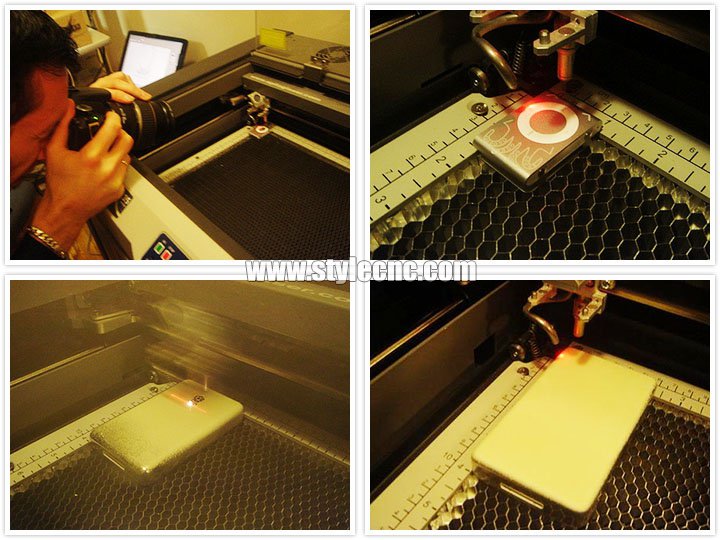
Laser etching, which is a subset of laser engraving, occurs when the heat from the beam causes the surface of the material to melt.
• Unlike with engraving, the depth in etching is typically no more than 0.001”.
• The laser beam uses high heat to melt the surface of the material.
• The melted material expands and causes a raised mark.
The Differences Between Laser Etching, Engraving and Marking Include:
• It removes 0.001″ or less of the material.
• It can be done on bare, anodized or plated metal surfaces, as well as polymers and ceramics.
• Since a laser etcher changes the surface finish of metals, it alters its reflectivity and enhances contrast.
Laser Marking Machine
Laser marking machines are versatile tools used to create precise, permanent marks on various materials.
Unlike engraving and etching, laser marking does not involve material removal but instead causes a chemical or color change on the surface of the material.
These machines can produce high-contrast marks with exceptional accuracy and speed, making them ideal for applications requiring intricate designs, serial numbers, logos, or data matrix codes.
Laser marking machines are extensively used in industries such as electronics, medical devices, aerospace, automotive, and consumer goods manufacturing for product traceability, branding, serialization, and part identification.
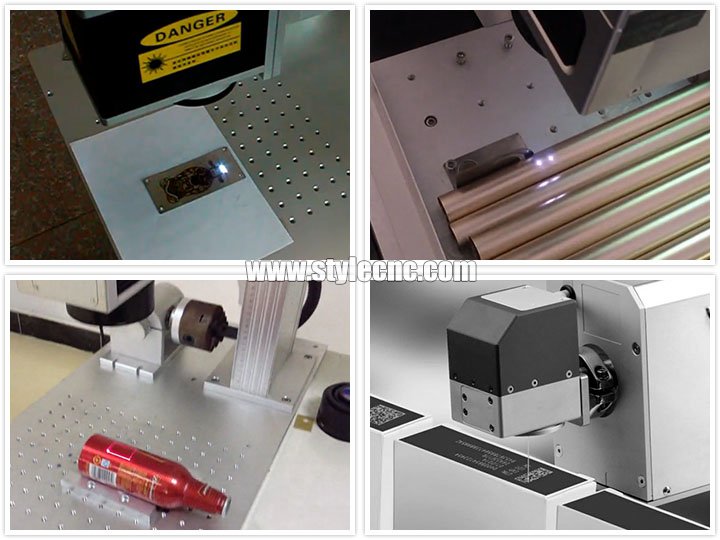
Laser marking is what happens when the beam interacts with the surface of a material, slightly altering its properties or appearance.
Laser heats the material, causing oxidation under the surface and turning the material black.
It is achieved by moving a low-powered beam slowly across the material using a method called discoloration, which creates high-contrast marks without disrupting the material.
All of this is done while leaving the surface intact.
It applies low temperatures to metal to anneal the surface.
Laser marking machine differs from laser engraving machine and laser etching machine in a number of ways:
• A laser marker is ideal for bar codes, UID codes, QR codes, logos and other identification needs.
• There are four common types of laser marking: annealing, carbon migration, foaming and coloration.
• It is popular in the medical device industry for stainless steel and titanium parts, but can be performed on other materials as well.
• It is also referred to as laser coloration or laser dark marking, as well as charring for plastic materials and annealing for metals.
• It is less common and not all places offer these services.
Finally, laser engraving machines, laser etching machines, and laser marking machines are all valuable tools in industrial and commercial settings for creating permanent marks, designs, and identifiers on a wide range of materials. Each type of machine offers unique capabilities suited to specific applications, providing manufacturers and businesses with versatile solutions for marking and customization needs.


